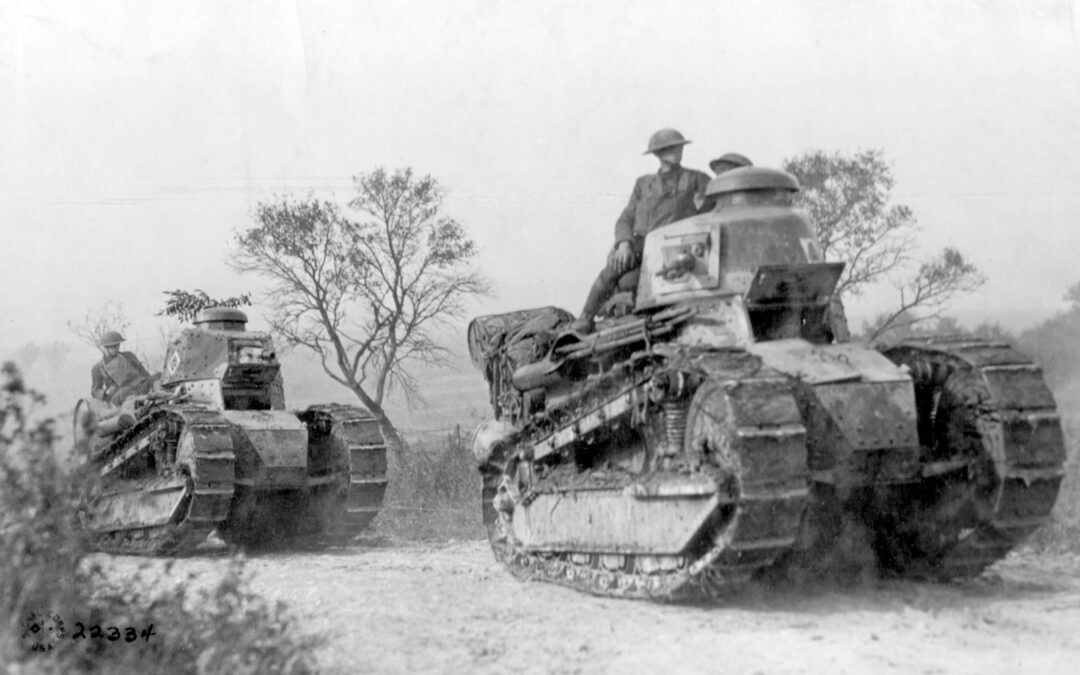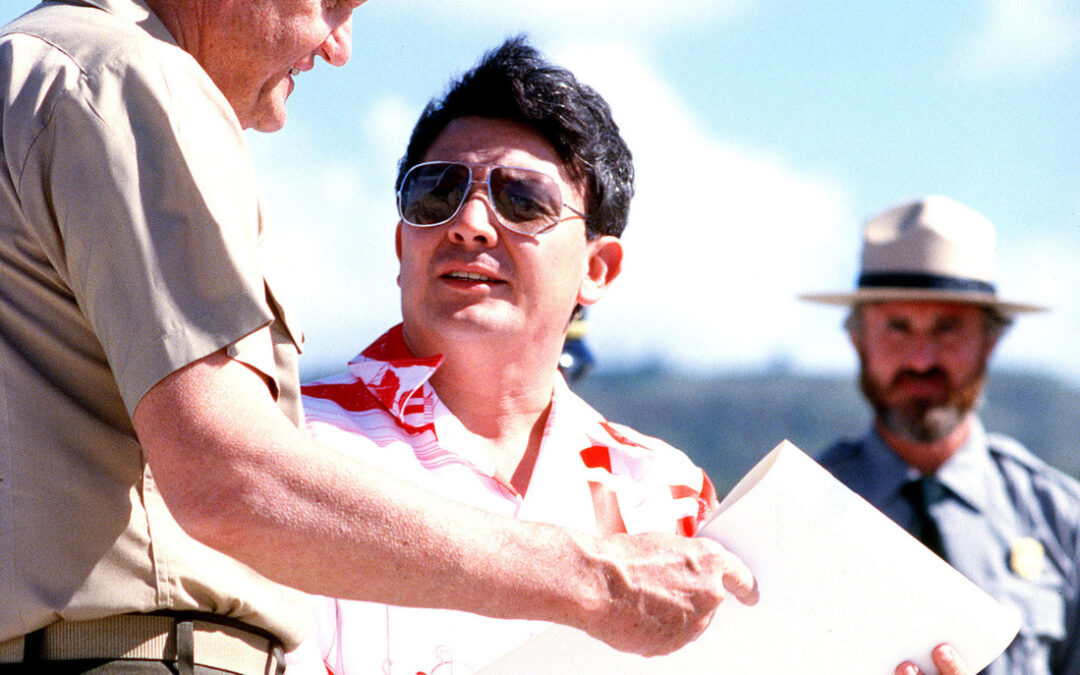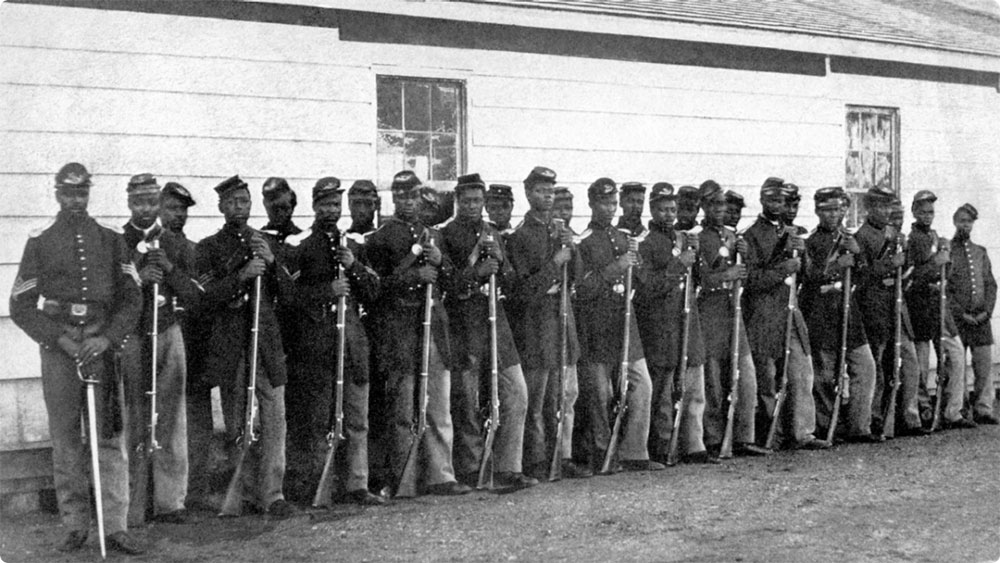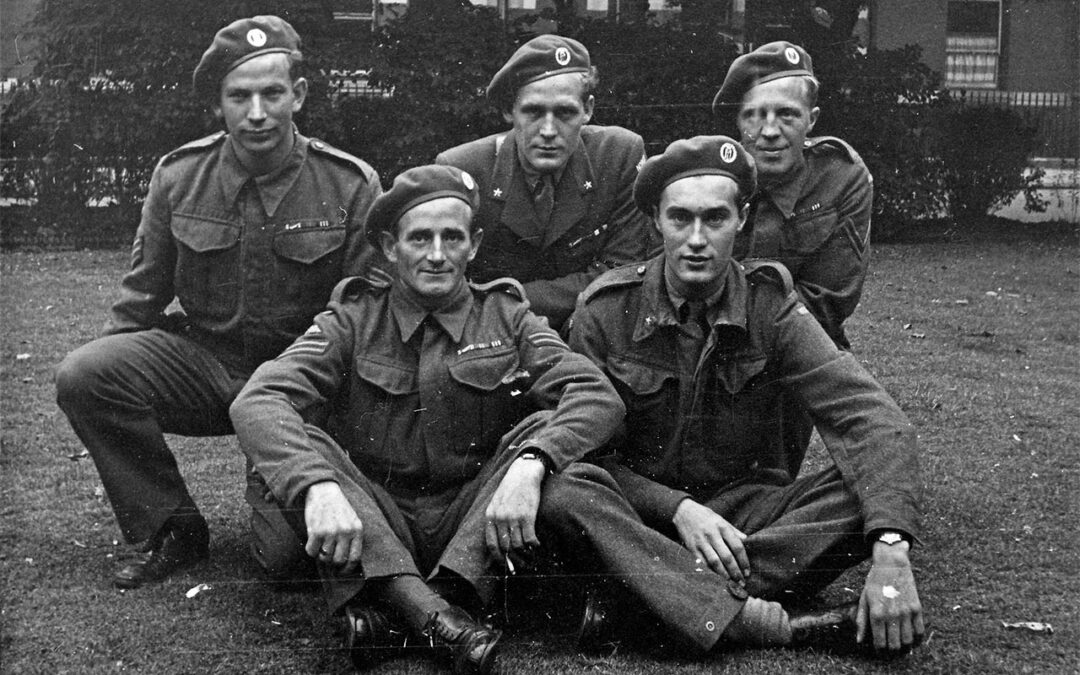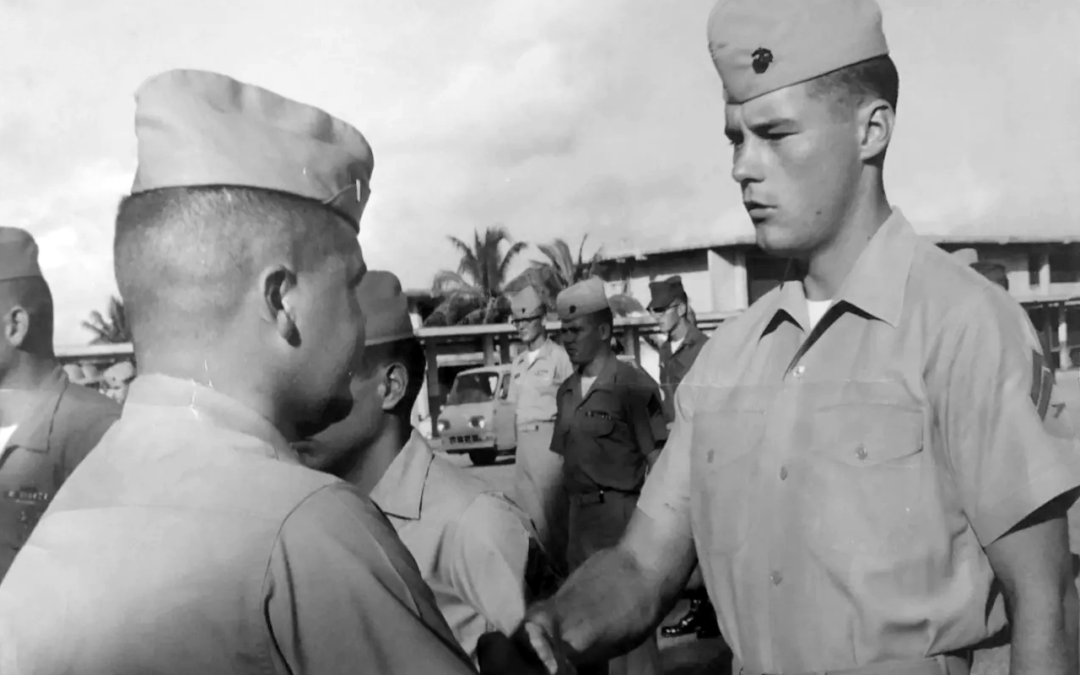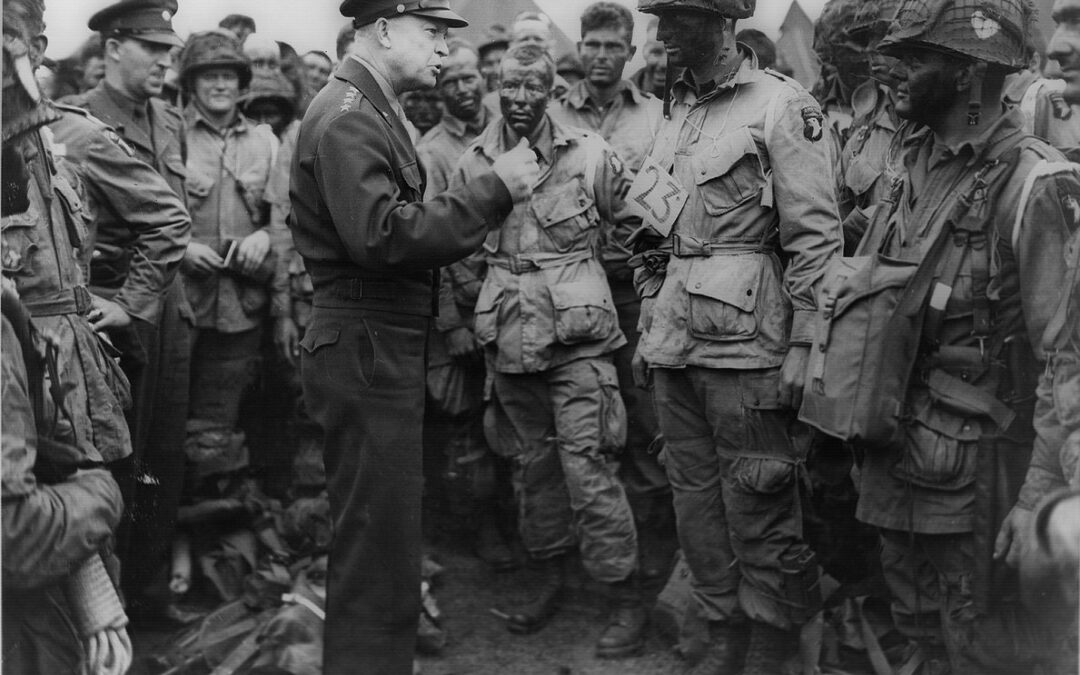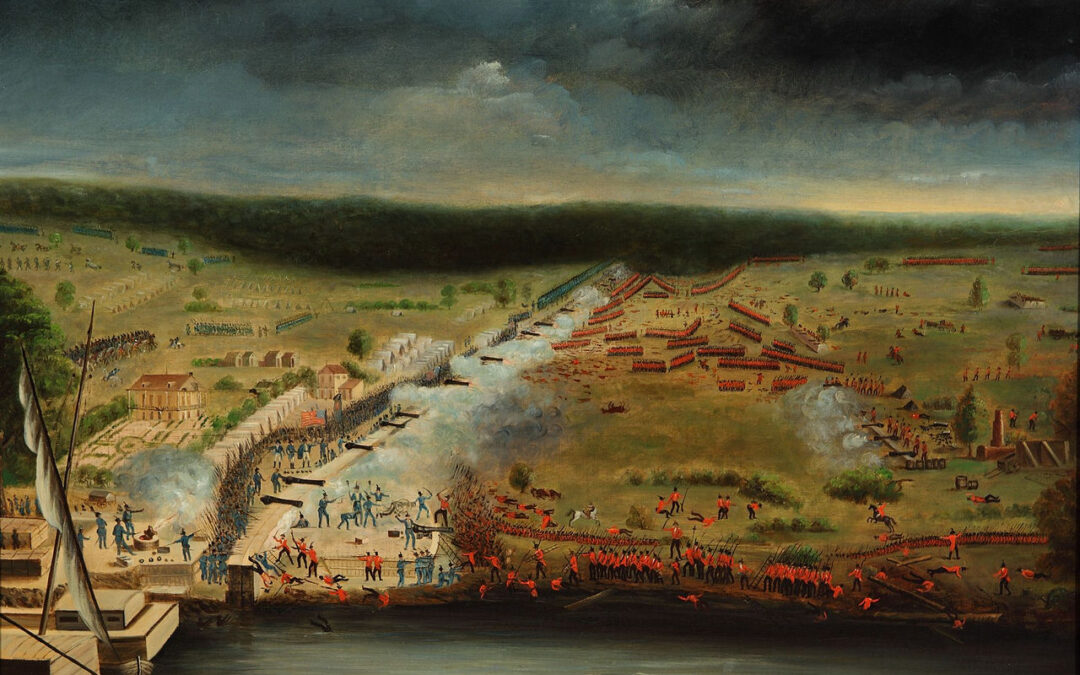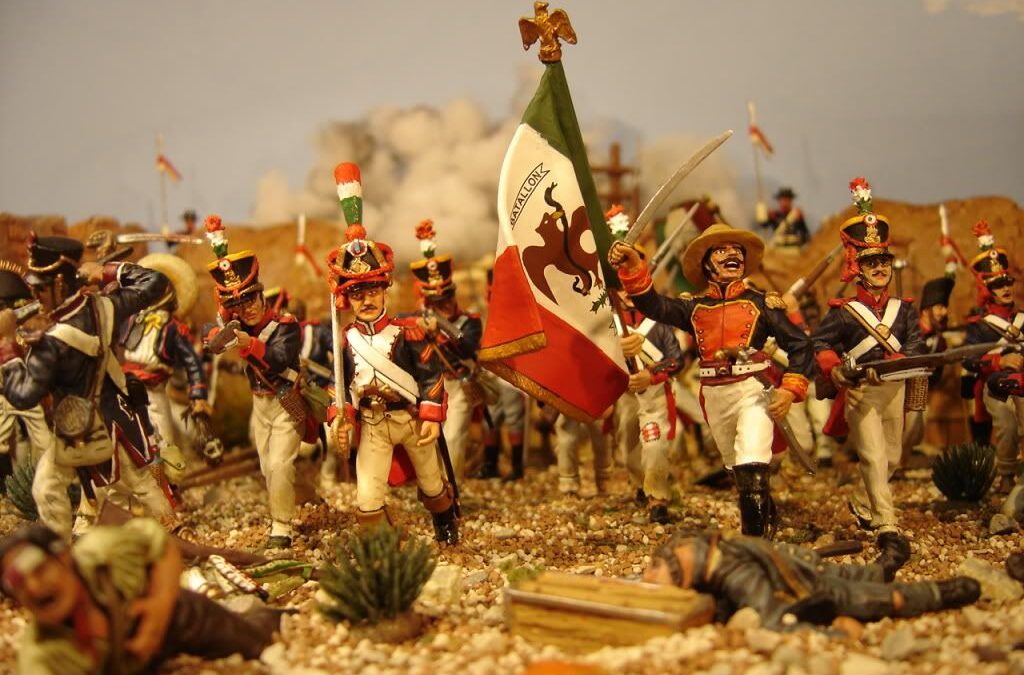In June of 1918, a fierce battle was waged at Belleau Wood, an ancient hunting-reserve of old-growth oaks, surrounded by wheat fields, located about 60 miles outside of Paris. The Germans were launching their spring offensive to overwhelm the Allies before they were fortified by fresh American troops. The Americans were arriving at a rate of about 250,000 per month. The Battle of Belleau Wood has since achieved near-mythic status in U.S. military history, particularly for the U.S. Marines. Founded in 1775 during the American Revolution, the U.S. Marines Corps had a reputation for discipline, excellent marksmanship, and, as the Germans would find out at Belleau Woods, tenacity. During the Great War, they were also very young. A The New York Times article from July 1918 cites a report stating that "nearly one-third of the recruits obtained by the Marine Corps since the United States entered the war were under twenty-one years of age." The article goes on to quote Secretary of the Navy...




